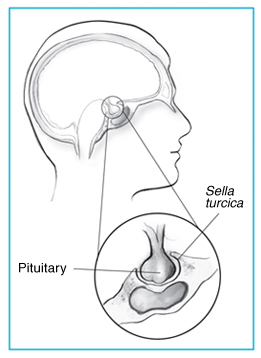
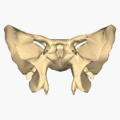
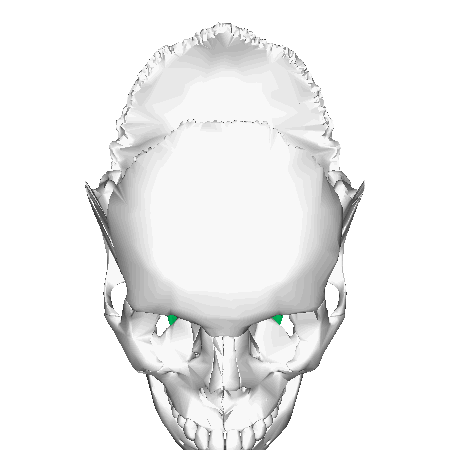
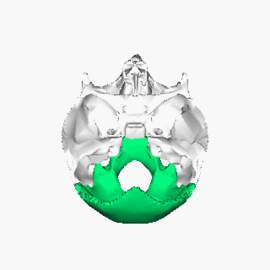
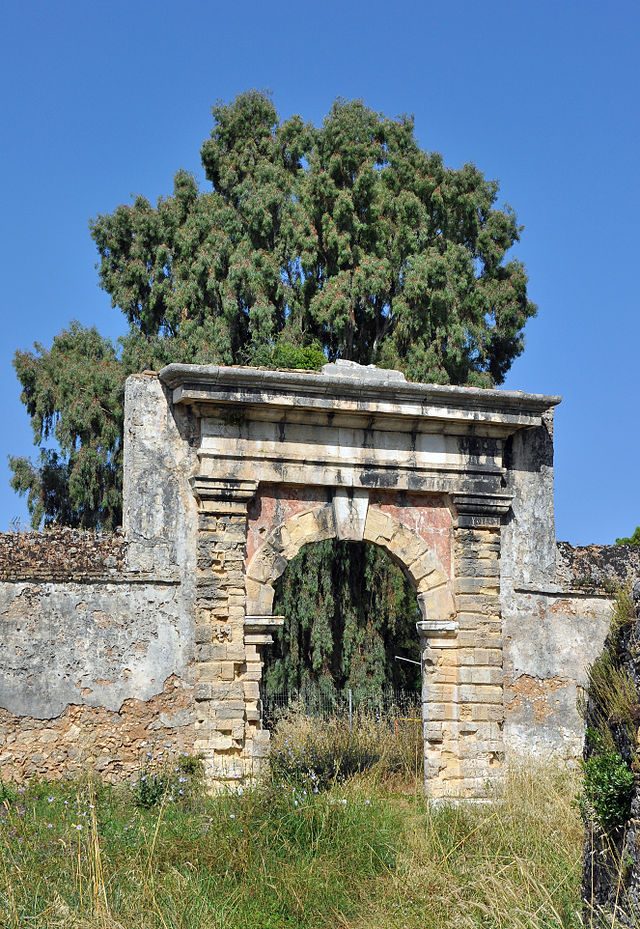
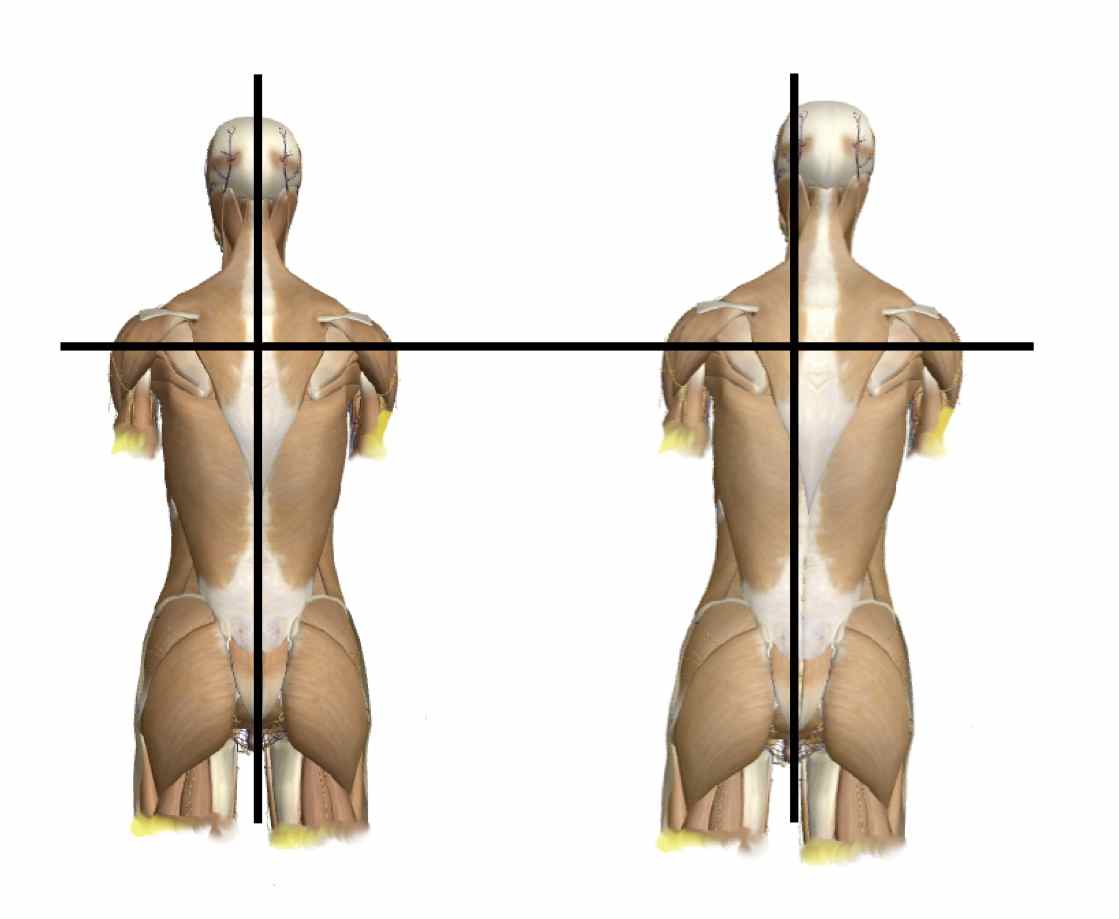
"Sphenoid bone - close-up - animation" by Anatomography - en:Anatomography (setting page of this image). Licensed under Creative Commons Attribution-Share Alike 2.1-jp via Wikimedia Commons
How do the Pituitary gland, a Sella turcica and the Sphenoid bone interact?
The Pituitary gland sits in the middle of the head in a bony box called the Sella turcica (1st fig left). It is how the brain knows where it is in space relative to the body through its contact in the Sphenoid (2nd fig -1st moving) that has the sella turcica as part of its structure. This makes it the keystone in relation to the skull and spinal column(middle of arch - 5th fig).
- The Sphenoid attaches to the Occipital bone (3rd & 4th fig)
- The spinal column goes through Occipital bone (hole in green area 4th fig)
- Residual muscle tension can change the relation of the Sphenoid to the spinal column
- Result:
- Alignment issues through out the body
- Fight and flight response dominance (sympathetic nervous system response) 24/7 which:
- Channels blood to the outer muscles
- Restricts blood flow to the brain
- Restricts blood flow to the internal organs
Treatment using the Biomodulator to release the muscles is very quick 5-15 minutes can release the muscle tension, visibly change posture and relieve pain.

